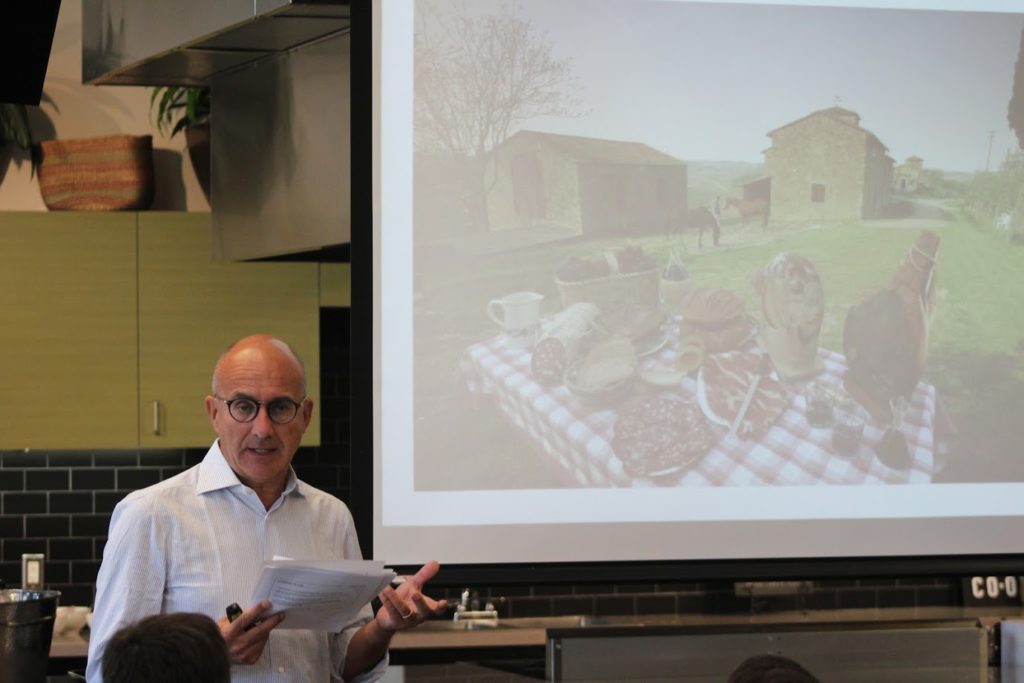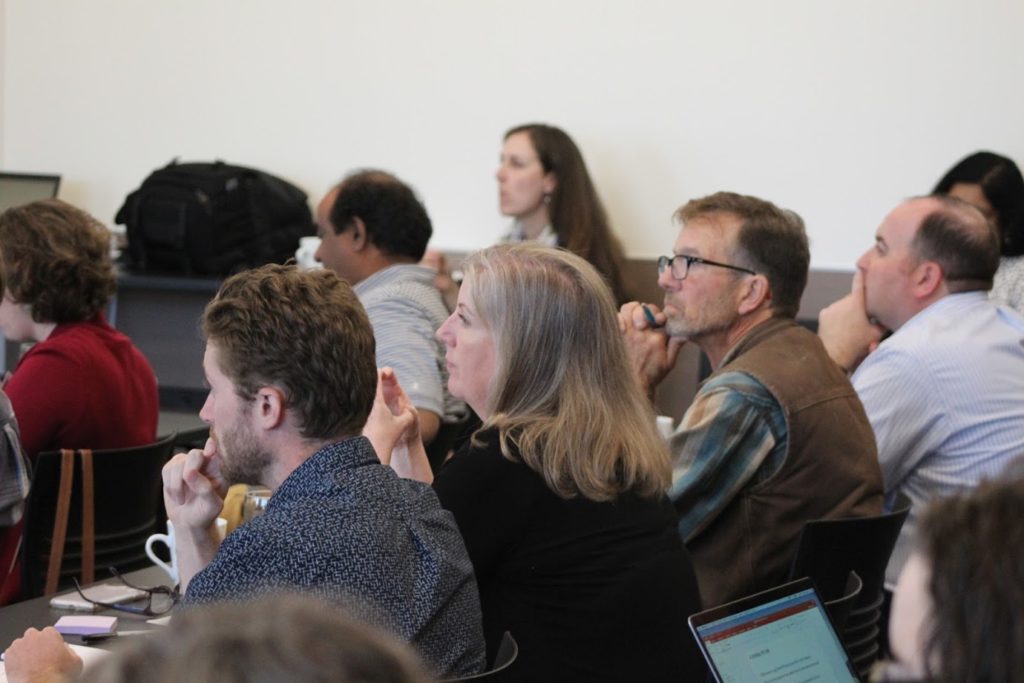Italian agrifoods cooperatives’ model explained in California
On September 13 our secretary general Gianluca Salvatori fled to California to help the Sacramento Natural Foods Coop, Valley Vision and UC David World Food Center to answer this question: “How can California lead in the development of a value-added agrifoods system blueprint?”.

The agri-food supply chain is a field of study that presents challenges for research. A fragmented approach still often prevails. Those involved in research in agriculture are not always in dialogue with those involved in distribution and consumption systems. The focus on individual segments and products sometimes loses sight of the overall picture. This is true even in the cooperative world, however paradoxical it may seem.
Therefore, the UCDavis & UC Cooperative Extension initiative to convene the various components of the agri-food ecosystem into a conversation on the potential of a cooperative model has been commendable. California is a state in which quality agriculture plays a primary role and the University of California Davis Campus is an ideal observatory for studying its dynamics and prospects.
In that area of the United States, value-added agriculture and food products are increasingly popular and play a large role in community-based economic development. By this we refer to a broad array of products falling under the categories of specialty, local, sustainable, artisan, and organic, and may include an array of ownership models falling outside of the investor-owned category.
In recent years, there has been remarkable development in the awareness of the importance of a healthy diet produced with sustainable methods. And attention has also increased for the methods of agricultural production and transformation that support territorial development, in a virtuous link between places and agribusiness.
The Californian market has been at the forefront of this trend. But at the same time, the increase in this business area and in particular in the demand for organic products has led to the entry of new players, often coming from highly innovative sectors. This is exemplified by the rise of Amazon and its buyout of Whole Foods, a business platform that first empowered partnerships for local production and distribution. Amazon’s entry into the food retail sector specializing in organic and healthy products has the potential to transfer the same logic and methods that made it successful in e-commerce.
It follows that the pressure that this situation has generated on agri-food organizations providing goods and services produced by independent and co-op enterprise is considerable. The debate that has arisen between these actors is therefore particularly interesting, as they face a context that is both promising, due to the increased demand for quality food products, and challenging, with the entry into the scene of very powerful and potentially disruptive new competitors.

This was indeed discussed in the seminar organized by UC Davis in which Euricse participated, bringing the case of Italian cooperation in the agricultural sector and in the large-scale retail sector. The workshop convened and strategized around the role of key players – cooperatives and independents – in advancing a multi-stakeholder agri-foods value chain. The discussion focused on how the cooperative sector can successfully leverage their multi-billion-dollar networks of agricultural production, distribution, and consumer retail to further build a scalable community economic development framework with more equitable and sustainable food economies.
The meeting featured a keynote address by Euricse’s Gianluca Salvatori, who catalyzed the visioning conversation with the case of the Italian agri-foods cooperatives. In particular, the dialogue provided critical insights into: knowledge and technology transfer (from the producer level through the value chain to the retail level), the challenges and opportunities of going big and cheap (vs. scaling local and small), and the integration of agricultural activities with food processing and direct distribution (with a focus on value-add in the form of food origination and quality).
The lively discussion – with the participation of entrepreneurs, food system experts, and community development thought leaders – contributed to uncovering the array of assets and opportunities available to California’s multi-stakeholder agri-foods system. Among the aspects that emerged, the interest in a greater collaboration – based on business but also scientific – with the Italian cooperative sector, especially related to the construction of production and distribution agri-foods chains.
